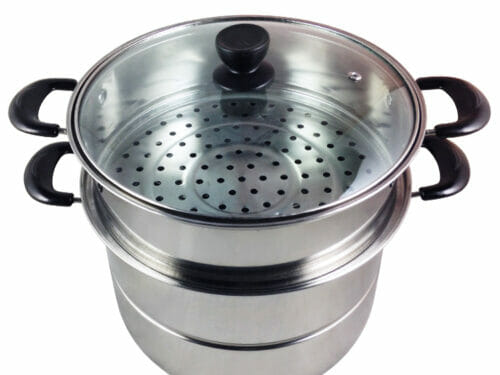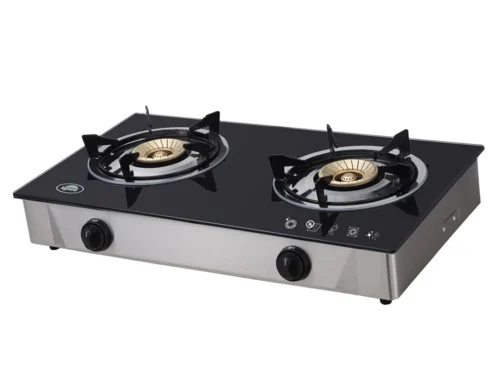
STEAMED SKATE FISH
Sprinkle skate wings with salt and pepper, steam for 10 mins. Add sake, sesame oil, steam 5-10 mins. Cook thin egg omelet, slice. Serve hot, garnish with egg, scallion, chili. Delicious steamed skate!
Print
Servings: 4 people
Calories: 80kcal
Cost: $30
Add to Collection
Ingredients
- Salt
- Freshly ground black pepper
- 2 large skate wings, skinned, filleted, and rinsed
- 2 tablespoons good-quality sake (or rice cooking wine)
- 2 tablespoons toasted sesame oil
- 3 eggs, lightly beaten
- 1 scallion, thinly sliced on the bias, for garnish
- Korean chile thread or gochugaru, for garnish
Instructions
- Sprinkle salt and pepper on both sides of the skate wings.
- Put the skate wings in a steamer set over boiling water, cover, and steam for about 10 minutes.
- Pour the sake and sesame oil over fish and cover again. Steam for an additional 5 to 10 minutes (depending on thickness), until the fish is cooked through (is opaque and flakes when poked with the tip of a sharp knife).
- Meanwhile, cook the eggs in a nonstick skillet into a thin, flat omelet, and then slice it into thin strips.
- Serve the fish hot, garnished with the egg strips, scallion, and chili thread.
Video
Notes
INGREDIENT TIP: Skate are closely related to sharks. They have large pectoral fins that we refer to as wings.
INGREDIENT TIP: Korean dried chile threads, which are thin strings of red pepper about 2 inches long, are an attractive garnish that also add a little bit of spice to dishes.
Nutrition
Serving: 100grams | Calories: 80kcal | Protein: 17g | Saturated Fat: 0.2g | Cholesterol: 45mg | Potassium: 240mg | Calcium: 2mg | Iron: 4mg
© Food And Meal
This website provides approximate nutrition information for convenience and as a courtesy only. Nutrition data is gathered primarily from the Spoonacular Database, whenever available, or otherwise other online calculators.

